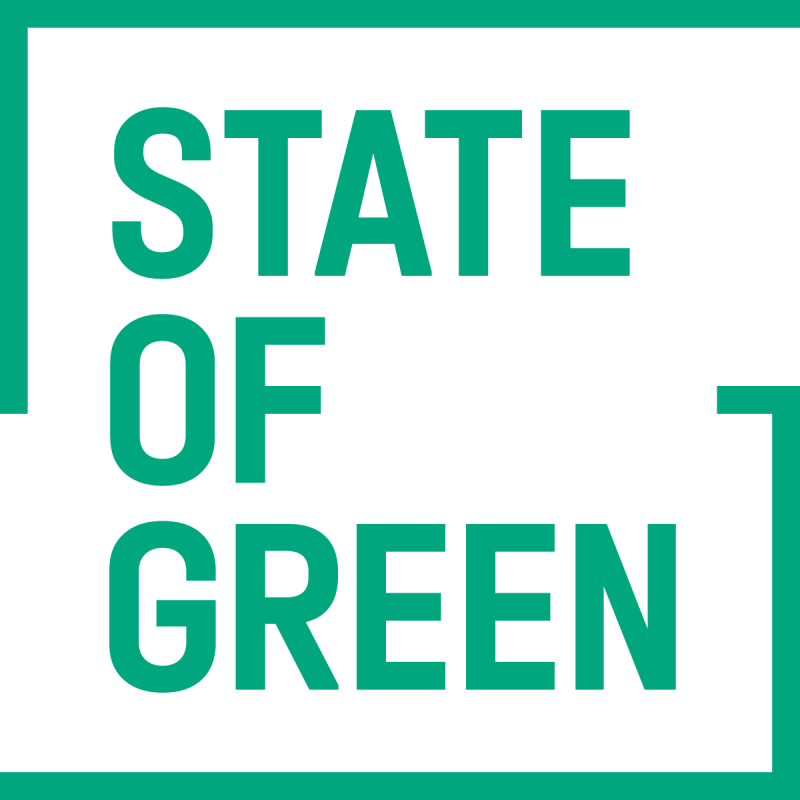Port of Esbjerg: The gateway to offshore wind energy in Northern Europe
Port of Esbjerg is the North Sea’s leading port for offshore wind, the base of Danish offshore industry and an international hub for multimodal transport.
Discover the casePerspective
Green Shipping
Carbon capture, storage and utilisation
Job creation and just transition
+2

Photo credit: Port of Esbjerg

Denmark is amongst the world’s leading maritime nations with national companies accounting for approximately one-fourth of Denmark’s total exports. With more than 61,000 individuals directly employed in Blue Denmark and about 36,000 indirect employees, the sector has experienced an average increase in productivity growth of 9.3 percent per year.
However, estimates suggest a potential shortfall of 100,000 employees in the broader green sector by 2030, underscoring the imperative for broad collaboration to strike a socio-economic balance and ensure new livelihood opportunities as green industries emerge. During Denmark’s decoupling of economic growth from total energy consumption, several sectors have exemplified their capacity to facilitate an equitable transition that aligns with the green agenda. Among these, the wind energy industry stands out prominently. The socio-economic benefits of wind primarily come from onshore wind, as it still covers most of the country’s wind capacity. Meanwhile, offshore wind is growing, and in 2020, the socio-economic effect of offshore wind installations was documented for the first time.
The analysis showed that 1 GW of offshore wind energy generates employment equal to 14,600 man-years for Danish suppliers from direct, indirect, and derived job effects. With a national target to add a minimum of nine GW of additional offshore wind capacity by 2030, a significant number of jobs are set to be created in the process. Similar trends have been observed in Danish shipping, with a noteworthy case being Denmark’s leading offshore anchorage, the Port of Esbjerg.

Port of Esbjerg is the North Sea’s leading port for offshore wind, the base of Danish offshore industry and an international hub for multimodal transport.
Discover the caseWith origins tracing back to 1873, the Port of Esbjerg initially served as a vital gateway for the fishing industry. Over time, the port underwent a transformation, evolving into a service hub playing a vital role in supporting Danish oil and gas exploration as well as production activities in the North Sea. As Denmark increasingly prioritised renewable energy sources after the 1970s energy shock, the Port of Esbjerg found itself amid yet another transformative shift, this time towards wind energy production. This transition necessitated a gradual phasing out of oil and gas-related activities and a dedicated effort to retrain and upskill its workforce, ensuring a fair and equitable transition for its employees.
As of 2020, the Municipality of Esbjerg contained approximately 60,000 jobs, with a significant emphasis on the energy sector, constituting around 25 percent of the total employment base.
Another portrayal of how a just and equitable transition can be ensured, in conjunction with the transportation sector, is through Carbon Capture, Utilisation, and Storage (CCUS). An analysis conducted by the Danish Metalworkers Union reveals that Denmark has the potential to preserve over 2,500 jobs by repurposing empty oil and gas fields in the North Sea as CO2 storage facilities. Additionally, 500 extra jobs are expected to emerge within the maritime industry, directly linked to the transportation of CO2. This assertion gains further credence from an analysis conducted by the think tank Kraka highlighting that ongoing CCUS projects in Denmark are poised to secure a 5 percent share of the market. As the analysis states, this achievement could potentially result in the creation of up to 9,000 new jobs and an estimated economic growth of EUR 670 million (DKK 5 billion).
With decarbonisation of global shipping picking up pace, Denmark is determined to help close the global skill gap by supporting maritime schools and universities in developing educational programmes to include green know-how, digitalisation, and analysis strategies.